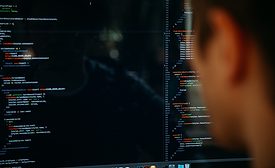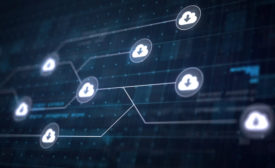Cybersecurity News
Half of women in cybersecurity report positive career impact from COVID-19
New Tessian report reveals that cybersecurity jobs weathered Covid-19 storm and explains why industry needs to address issue with equal pay to encourage more women to join
March 8, 2021
Sign-up to receive top management & result-driven techniques in the industry.
Join over 20,000+ industry leaders who receive our premium content.
SIGN UP TODAY!Copyright ©2024. All Rights Reserved BNP Media.
Design, CMS, Hosting & Web Development :: ePublishing












